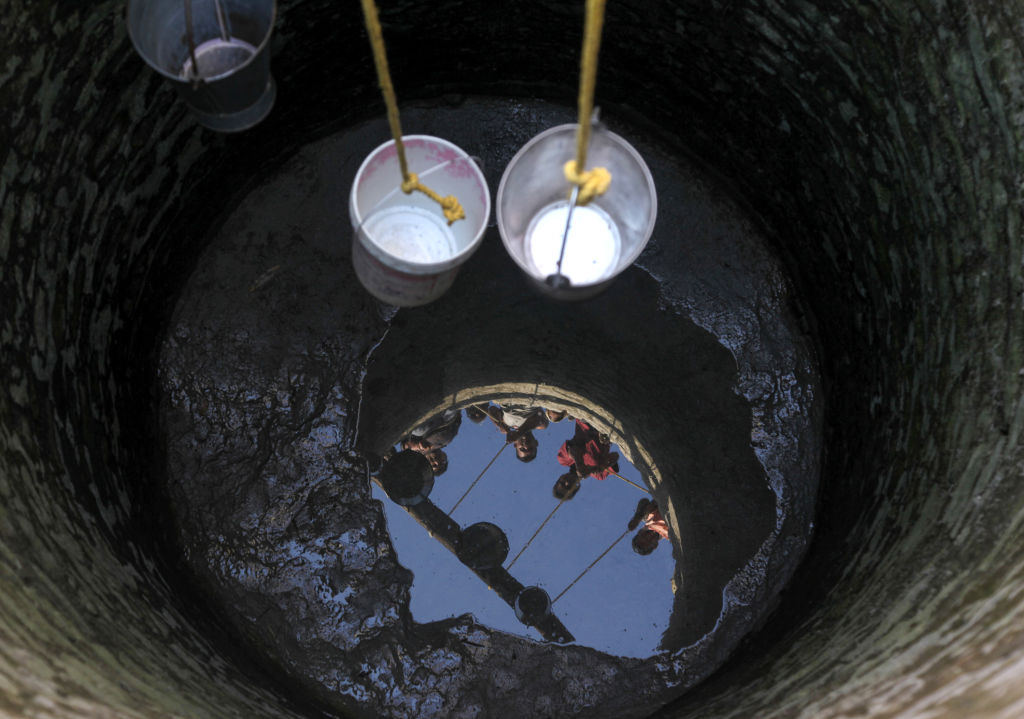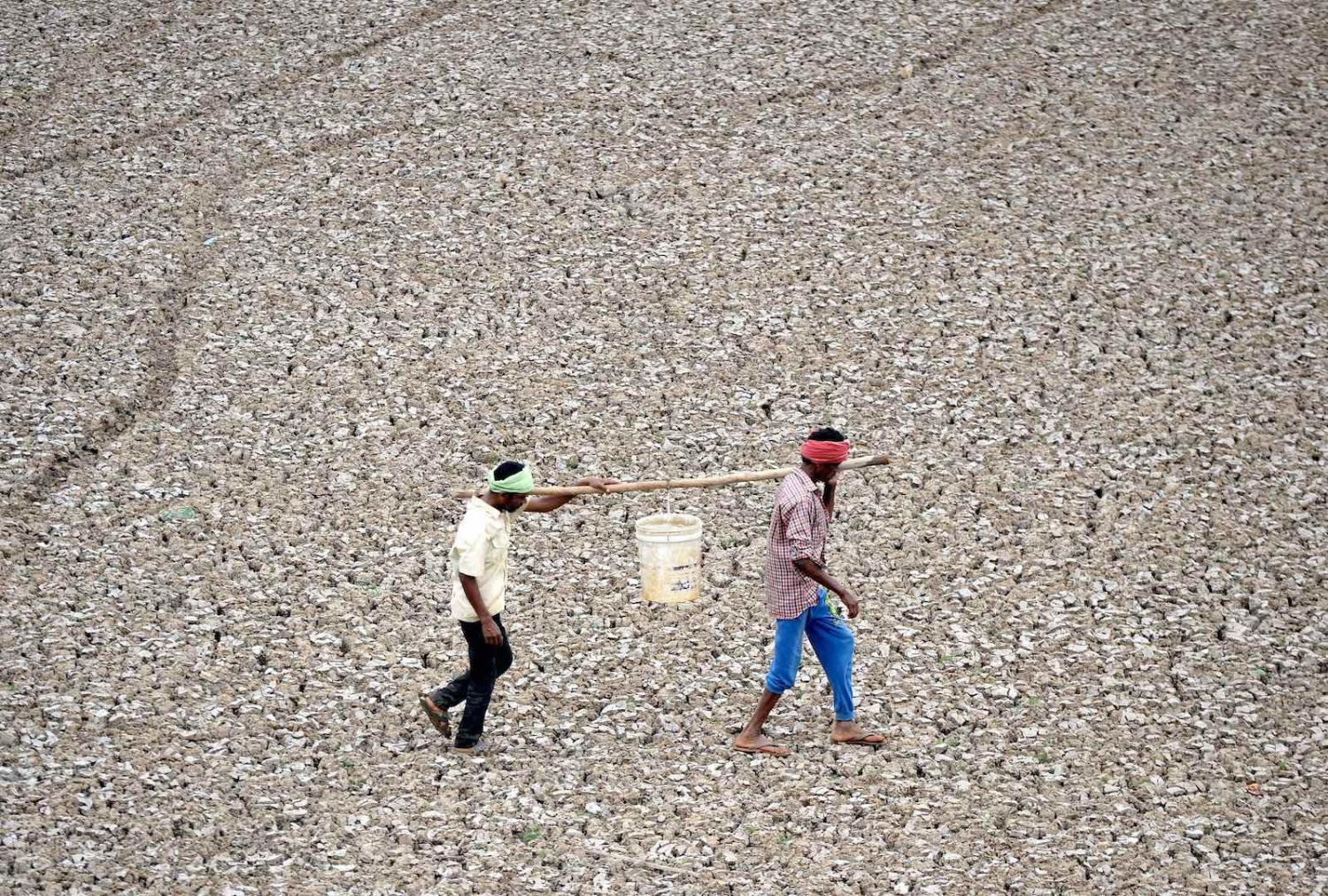The agonising and often exhausting wait for the monsoon has long inspired India’s writers and poets. But it’s the country’s farmers who know all too well the impact a delayed or indeed a failed monsoon can have on millions of lives.
The monsoon is India’s life-giver, its rebirth and its life blood. Nearly 60% of India’s agriculture depends on the rains. Indeed as the environmental activist Sunita Narian claimed, “Indians know that the monsoon is the real finance minister of India”.
Today millions of farmers hit by drought and crop failure are struggling to stay alive.
Since 2015, India has been experiencing widespread drought conditions. In fact, some 600 million people in India are presently facing high to extreme water stress. According to the government’s own report, India is facing its worst ever water crisis. The report by premier policy research centre NITI Aayog says that by 2030 the country’s water demand is projected to be twice the available supply.
But all that is in the future. Today millions of farmers hit by drought and crop failure are struggling to stay alive. More than 80% of districts in the states of Karnataka and 70% in the state of Maharashtra have been declared drought affected. More than 6000 tankers supply water to nearly 15,000 villages and hamlets in Maharashtra alone.
This video of women from Phulambri in Maharashtra struggling to fill their utensils from a tanker sprinkling water over a newly constructed road, went viral on social media last month. It shows just how desperate people are.
Further south, in the state of Tamil Nadu, which in a good monsoon often floods, the four reservoirs that supply water to the capital Chennai has dropped below one per cent of their capacity. It’s shut down the city’s metro system and its hospitals have been forced to buy water for surgeries. Chennai is home to nine million people and there is no end in sight to the drought conditions. According to the South Asia Drought Monitor, Tamil Nadu along with other Indian states such as Karnataka, Andhra Pradesh and Maharashtra are trapped in a severe dry cycle that’s so far lasted six months.
The crisis is not confined to Chennai. Bangalore, Hyderabad and Delhi with a combined population of 60 million people are all facing the same fate. According to think tank World Resources Institute India, the last two decades have seen a rampant rise in environmental challenges that if left unchecked could lead to several cities becoming unliveable. The World Resources Institute cites rapid urbanisation, stress on natural resources and pollution as some of the challenges facing India’s continuing growth.
As for Chennai, its leaders have decided to spend nearly $10 million to transport tanks of so-called ‘’drinkable water” by rail from Vellore, a city nearly 200 kilometres away as a temporary solution. Small hotels and restaurants have shut shop and many residents are contemplating the unthinkable; leaving the city altogether.
The future doesn’t look too good.

India is the largest user of groundwater in the world and according to the government’s own report, by 2020 as many as 21 Indian cities could run out of ground water, and by 2030, nearly 40% of the country’s population may have no access to drinking water. Groundwater the source of 40% of India’s water needs is being depleted at an alarming rate.
This also has serious implications for India’s health. Currently nearly 200,000 people die every year due to inadequate access to safe water. With 70% of its water contaminated, India ranks 120th among 122 countries in a global water quality index. Water levels in India’s 90 major reservoirs have fallen to 20% of their capacity as of May. This is lower than the levels last year and is also less than the average levels in the past decade.
As the impact of climate change worsens, water is becoming a serious economic issue for one of the world’s largest economies. A study by the country’s environment ministry found that desertification, land degradation and drought cost India nearly 2.5% of GDP in 2014–15. The recently returned administration of Prime Minister Narendra Modi has announced a water conservation awareness program this month. Modi also declared that his administration would aim to take piped drinking water to every household by 2024.
The announcement was received with rapturous applause in parliament. Outside though, the challenge was obvious. Where exactly would this water come from?

